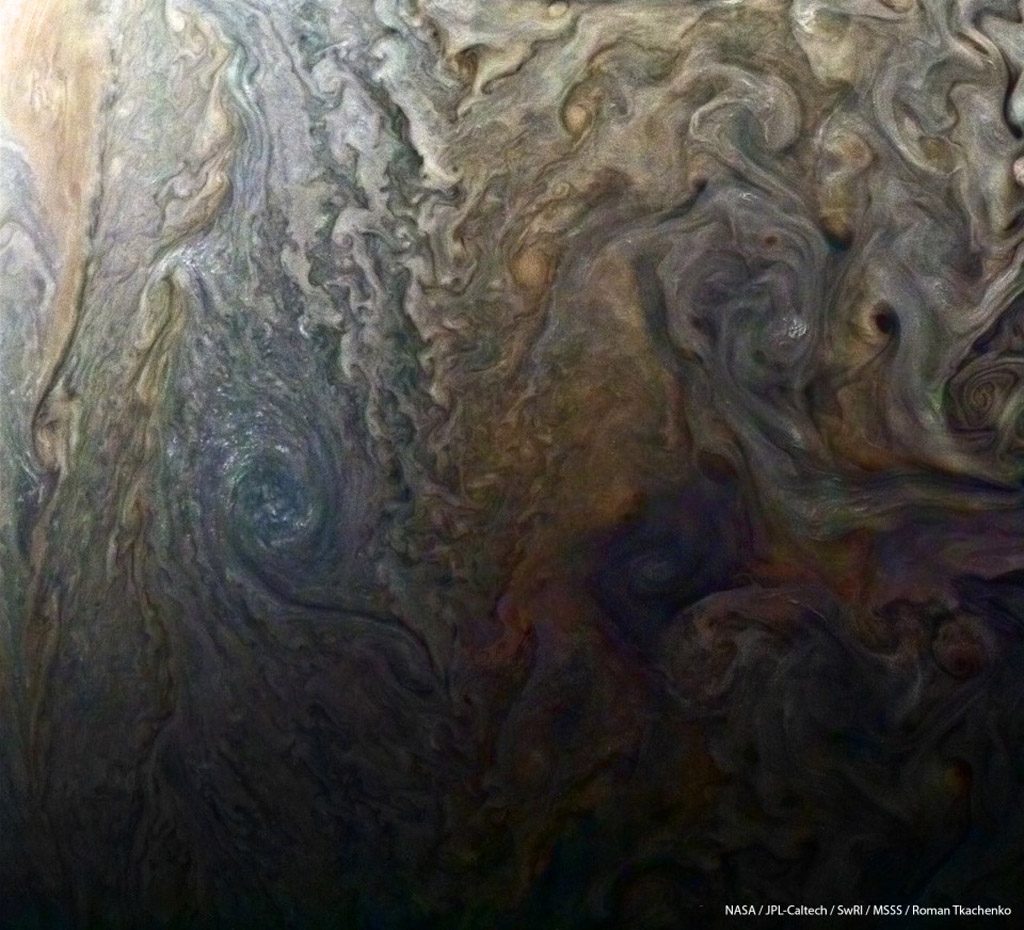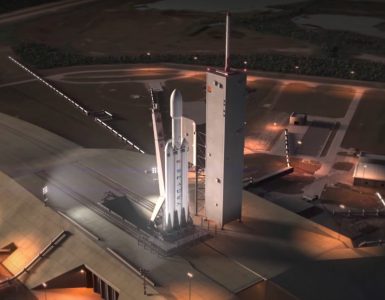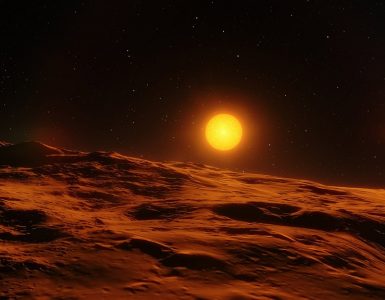NASA built its spacecraft Juno to delve into the biggest planet in the solar system; Jupiter. The probe that cost a whooping $1 billion was launched in 2011. It took the probe five years to reach Jupiter’s orbit, after travelling a distance of about 415 million miles. The probe has been able to uncover a lot of Jupiter’s secrets through the hundreds of photographs it has taken and sent to earth.
Juno has photographed everything from Jupiter’s poles to auroras. It has even scanned Jupiter’s thick cloud tops. The spacecraft revolves around the planet in a wide arc in an attempt to decrease the time it spends within the radiation belts of the planet. Long term exposure could damage the sensitive sensors and other instrument that this basketball court size probe carries.

Initially NASA had planned to increase the frequency of the flybys from once in 53.5 days to once every fortnight in 2016 by firing Juno’s thrusters, but that project had to be scrapped because of sticky engine valves. So, flybys are still only happening once in a little less than two months. The recent flyby was completed on March 27th 2017; this was Juno’s fifth flyby and it proved very productive.
Juno sent back a fresh collection of photographs to earth and amateur astronomers have been busy developing these unprocessed, gray photographs into full color images. And these shots open up a whole new vista of Jupiter that has never been seen before.
Juno Mission: NASA.gov





















